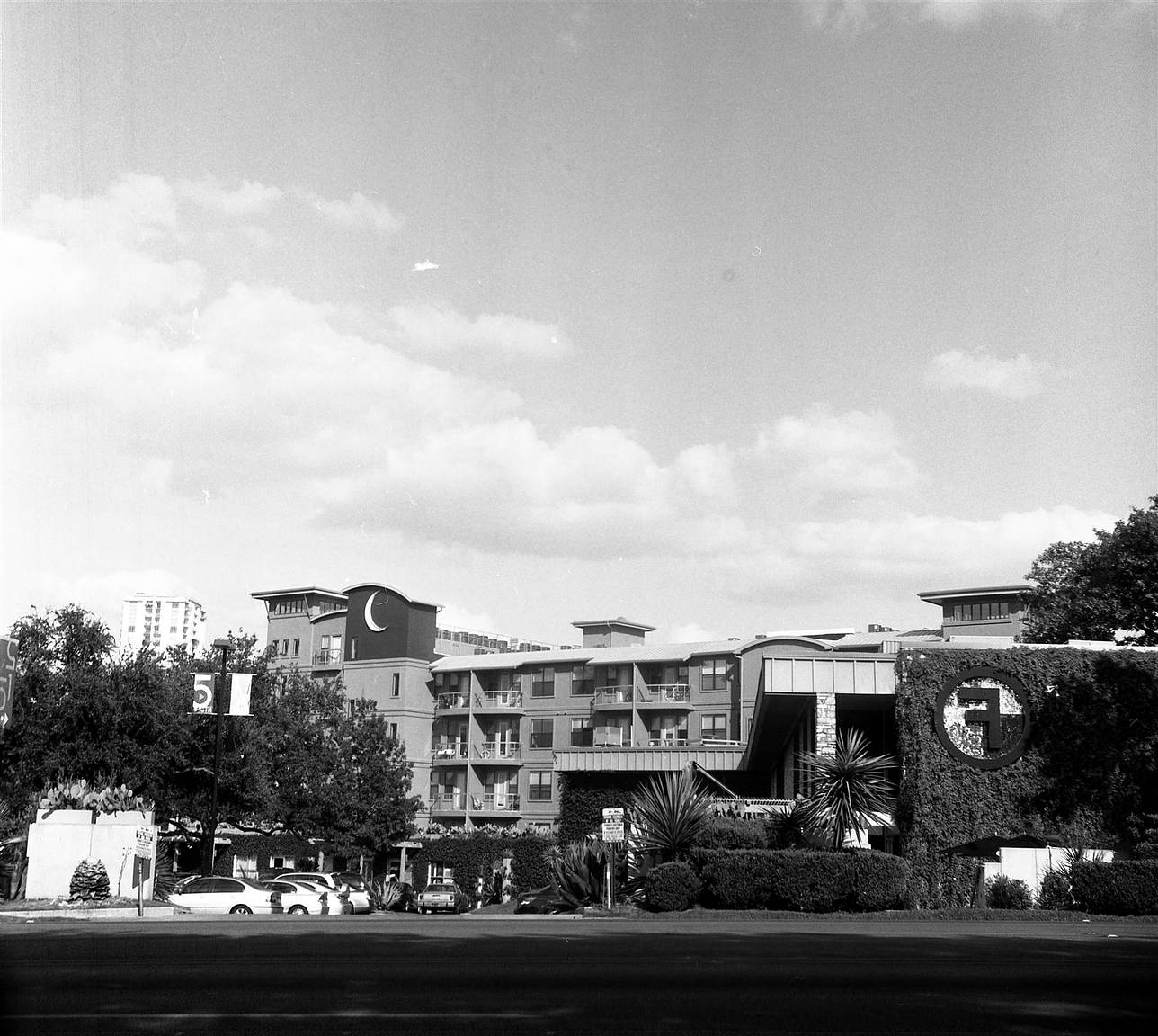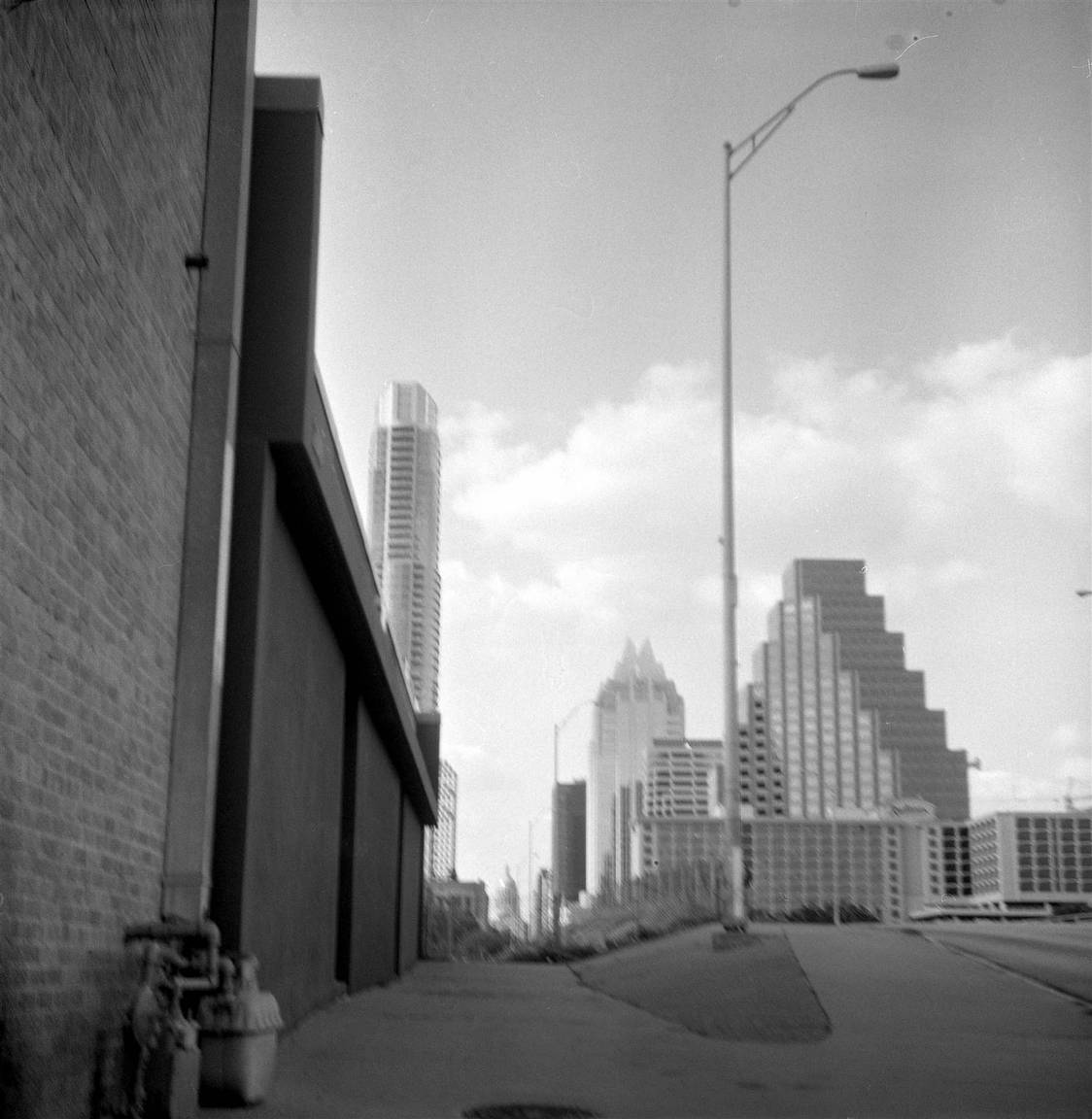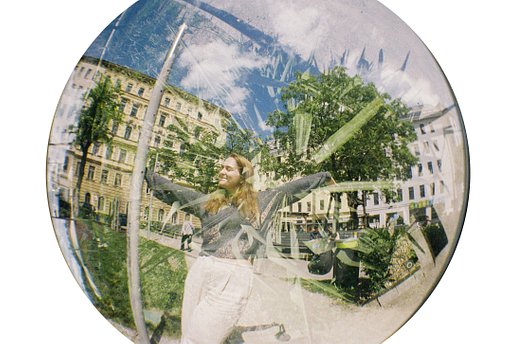The Serious Ciro-Flex Type D
1 11 Share TweetA classic AMERICAN twin lens reflex camera, the Ciro-Flex is one of the few examples of a quality TLR made state-side.


The Ciro-Flex Type D is an American Twin Lens Reflex (TLR) camera which debuted in about 1948. Like most high-end American TLRs of the time it has a three element lens rather than the four element lenses which were being used in their German contemporaries. To compensate for a simpler lens design, American TLRs tended to use slightly longer focal lengths to produce an image of equal sharpness. The Ciro-Flex Type D has an f/3.2 85mm lens which gives it an almost perfectly “normal” perspective with the 6×6 image size.
My Ciro-Flex Type D has a very reliable Alphax shutter that goes from 1/10” to 1/200” and includes a “B” mode and a “T” mode. “T” is an interesting mode that keeps the shutter open until you activate the shutter again. It’s like “B” mode with an automatic shutter lock. Very nice. I’m not sure why this didn’t remain a popular feature. The aperture ranges continuously from f/3.5 to f/22, so you can set any aperture value in between. The shutter is self-charging, so it’s easy to shoot multiple-exposures. The Type D also has standard shutter release cable threads and tripod threads.

Like most TLRs, the Ciro-Flex Type D has four “feet” on the bottom, so you can easily steady it on a flat surface for long exposures.
The Ciro-Flex Type D has flash synchronization, but it’s M-sync for bulbs, not X-sync. Later Ciro-Flex Models used a dual sync shutter that could sync with bulbs and electronic flashes.
The Ciro-Flex Type D has a “sports finder” in addition to the standard waist-level viewfinder. A sports finder lets you look straight ahead at the action. It’s “brighter” and it’s not reversed. The standard waist-level viewfinder is not very bright, and like all TLRs, the image is reversed. The viewfinder has a swing down magnifying glass to help you focus in low-light situations and to make your focusing more precise.
Thankfully, the Ciro-Flex Type D uses 120 film, not 620, so you don’t have to mess with cutting down the take-up spools or anything like that.
I always wondered what the advantage of using a viewing screen was. They’re not as bright, and the image is reversed. Then, I got older and started needing glasses. With glasses, the viewing screen is easier to use than any of the viewfinders on any of the other cameras I have.
The Ciro-Flex Type D is one of the heaviest cameras I own. Still, I use straps and that actually allows me to hand-hold the camera much more steadily than any of my other cameras as well. I find that I can easily hand-hold a 1/25” shutter speed, so this actually makes this camera good low-light performer.
Here are some pictures I’ve taken with the Ciro-Flex Type D.
written by gvelasco on 2013-01-01 #gear #review #ciroflex-tlr-typed-camera-review-mediumformat-square-manual

































One Comment